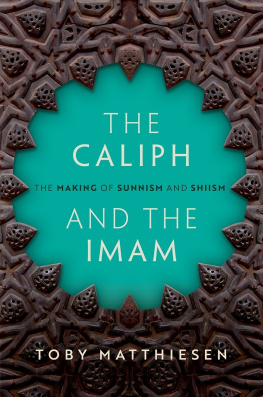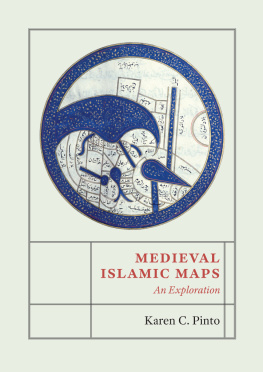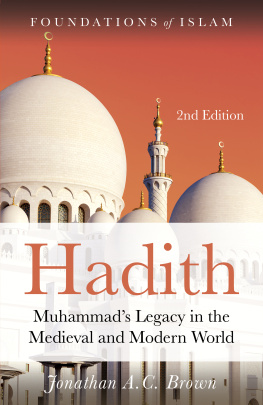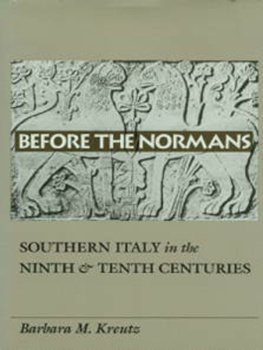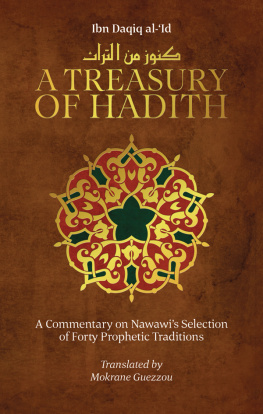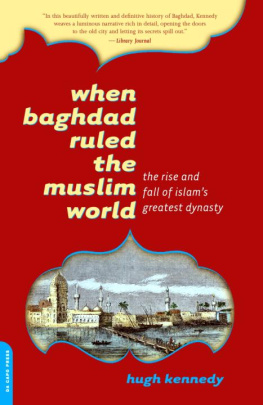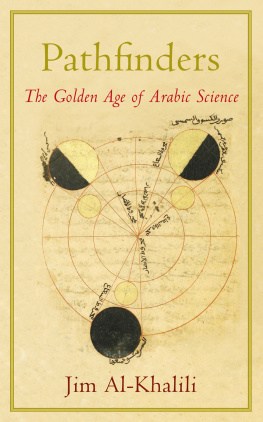The Formative Period of Twelver Shism
CULTURE AND CIVILIZATION IN THE MIDDLE EAST
Series Editor
Ian R. Netton
University of Leeds
This series studies the Middle East through the twin foci of its diverse cultures and civilisations. Comprising original monographs as well as scholarly surveys, it covers topics in the fields of Middle Eastern literature, archaeology, law, history, philosophy, science, folklore, art, architecture and language. While there is a plurality of views, the series presents serious scholarship in a lucid and stimulating fashion.
The Formative Period of Twelver Shism
adlth as Discourse Between Qum and Baghdad
Andrew J. Newman
First Published in 2000
by Routledge
2 Park Square, Milton Park, Abingdon, Oxon, OX14 4RN
Transferred to Digital Printing 2010
2000 Andrew J. Newman
Typeset in Baskerville by LaserScript Ltd, Mitcham, Surrey
All rights reserved. No part of this book may be reprinted or reproduced or utilised in any form or by any electronic, mechanical, or other means, now known or hereafter invented, including photocopying and recording, or in any information storage or retrieval system, without permission in writing from the publishers.
British Library Cataloguing in Publication Data
A catalogue record of this book is available from the British Library
Library of Congress Cataloguing in Publication Data
A catalogue record for this book has been requested
ISBN10: 0700712771 (hbk)
ISBN10: 0415616360 (pbk)
ISBN13: 9780700712779 (hbk)
ISBN13: 9780415616362 (pbk)
Publishers Note
The publisher has gone to great lengths to ensure the quality of this reprint but points out that some imperfections in the original may be apparent.
For Margaret
A lthough only of the present study contains any material from my 1986 thesis on the roots of the Ul and Akhbr schools in Twelver Shism the intellectual stimulation behind the earlier work remains at the root of the present inquiry. That stimulation owes much to the atmosphere at the University of California, Los Angeles, Von Grunebaum Center in the late 1970s and early 1980s which was the product of the presence of such colleagues and friends as Kenneth Cuno, Hala Fatah, Georgia Harb, Mahmood Ibrahim, Fred Lawson, Yahya Sadowski and others and was nurtured by Peter Gran and Afaf Marsot as well as, in my own case especially, Amin Banani and Nikki Keddie. Gene Garthwaite, who sparked my interest in Iran at the undergraduate level, and Yann Richard, whom I first met in Los Angeles, remain sources of support. I am still grateful to, and for, all of them.
Since 1986 I have benefited enormously from the kind assistance of colleagues, and friends, based all over. Dr. Hossein Modarressi, Professor Wilferd Madelung, Dr. John Gurney and Dr. Etan Kohlberg, the late John Cooper and the late Dr. Norman Calder, all of whom will forget more than most will ever know, have been enormously encouraging as has Mr. Colin Wakefield of the Oriental Reading Room at the Bodleian Library. Here in Edinburgh, Dr. Paul Lalors support and interest has equalled that I enjoyed in Los Angeles. Dr. Ian Howard has been ever ready to discuss, and contribute to, this project. Dr. Yasin Dutton has always been a font of information and advice on topics from Fidak to aqqa. The Department of Islamic and Middle Eastern Studies, particularly Dr. Carole Hillenbrand and Professor Yasir Suleiman, made available both time and facilities to complete what started off as a re-write of my 1986 project and ended up as essentially a new research undertaking. My sister Jane, at the University of California, Irvine, with consistent kindness also helped push this project along. I am grateful also to Professor Ian Netton for including this book in his series.
I have enjoyed the assistance and friendship of scholars and researchers in Iran and Egypt as well. It is especially heartening that in the aftermath of the war a new generation of Iranian scholars and researchers is appearing in the country at this juncture, encouraged by the many gracious individuals of an older generation. Both generations have always been at their most gracious with me.
My wife Margaret lived through the dissertation and this manuscript, accompanying and unfailingly encouraging this inquiry in Oxford, Egypt, India, Los Angeles, Oxford again, Iran and Edinburgh. My daughter is very pleased that this stage of that inquiry is completed.
Edward Said provocatively suggested that the work of Western researchers on the Middle East and Islam reveals more of their own predispositions than it uncovers any truths. This inquiry is clearly informed by questions posed abroad about the essential nature of Imm, or Twelver, Shism as well as by the research parameters of Western adth studies. It is hoped, however, that apparent throughout this work is a respect for a faith whose survival over the centuries has by no means always been a certainty, with which I have had experience for more than twenty years and whose practitioners have always respected me.
S unn Muslims consider the sources of the law to be the Qurn, the Tradition (sunna), consensus (ijm) and analogy (qiys).1 The Twelver Sha consider the Qurn, the Tradition, consensus and reason (aql) as their legal sources. Where for the Sunnis the Tradition has focused on the person of the prophet Muammad (d. 11/632), for the Twelver Sha the Tradition includes also the body of statements and actions ascribed to the twelve Imams, the last of whom disappeared in 260/87374.2 For the Twelvers these traditions, referred to as aadth (sing. adth) or akhbr (sing. khabar), constitute the bases from which subsequently evolved a body of doctrine and practice distinct from both that of the Sunn schools and other Sh groups.3
The present volume initiates a comparative examination of the early collections of these traditions compiled during the first two centuries following the twelfth Imams disappearance, concentrating on al-Masin of Amad b. Muammad al-Barq (d. 27480/88794), Bair al-Darajt of Muammad b. al-asan, al-affr al-Qumm (d. 290/9023) and al-Kf f ilm al-Dn of Muammad b. Yaqb al-Kulayn (d. 329/9401). Al-Kulayns compilation, together with Man l Yadaruhu al-Faqh (He Who has no Jurisprudent with Him) of Muammad b. Al al-Qumm, Ibn Bbawayh, al-Shaykh al-adq (d. 381/9912), and Tahdhb al-Akm (The Rectification of Judgements) and al-Istibr f m ukhtulifa fhi min al-Akhbr (The Consideration on those Traditions which are Disputed), both compiled by Muammad b. al-asan al-s, Shaykh al-ifa (d. 460/1067) have come to be called the four books (al-kutub al-arbaa)4
The Sunn Traditionists on the Sh Traditions
The reader of the best-known sources in the Western-language literature on adth to date, composed by those scholars who may be said to have established adth studies as a separate discipline in the West, may be forgiven for knowing little, if anything, of the Twelver Sh traditions, let alone of the four books which together contain over 41,000 of the Imams statements5: these scholars devoted scant attention to the Sh traditions, restricting their discussion of the


